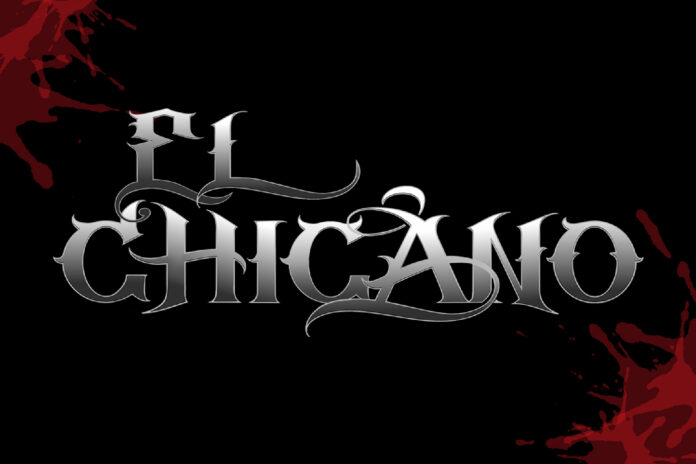Film misses opportunity to positively represent Latinos
With the newly-released film “El Chicano,” viewers get a glimpse of a Mexican-American vigilante hero who takes back East Los Angeles from the threat of cartels and gang members.
The film begins with the vigilante hero “El Chicano” kneeling in the heavy rain in front of a gravestone, with blood dripping while a bright light shines down on him from a police helicopter. The audience is already put on the edge of their seats, unable to draw their eyes away from the iconic figure portraying himself as a Mexican-American Batman.
The film then flashes back to the Hernandez twin brothers hanging out with their friend Shotgun. The brothers witness Shotgun’s father being confrontational toward the police on patrol. They also see the infamous El Chicano drag Shotgun’s father away on the back of his motorcycle and then stab him in the heart with an Aztec knife. This scene establishes El Chicano as the antihero who seeks to “kill the evil” that runs the streets of East Los Angeles.
Flashing forward 20 years, one of the twins, Diego Hernandez, is now a cop for the East Los Angeles Police Department. After he lost his twin brother to gang violence, he chose to pursue a life of justice instead.
While Diego Hernandez is working on a police case involving the deaths of gang members, the storyline messily connects the significance of the main character’s motivation to continue the case when he finds out all the deceased members bear the same tattoo. They all have on their arm his twin brother Pedro’s nickname “Mito” as well as their birthdate. Already it’s unclear of the connection between Pedro and the victims, and this specific detail of the tattoos is not pursued later on, leaving it unresolved.
Later, Diego Hernandez goes off to investigate his brother’s death when it’s briefly mentioned that his brother was believed to have committed suicide. Hernandez takes another look at the case and delves deeper into the reason behind his brother’s unexplained death. The film misses the opportunity to develop a stronger backstory for the relationship between the brothers, so when we see Diego Hernandez finding the objects his brother left behind, there is a missing connection for why this drives him to become the new El Chicano.
It all appears too convenient when Diego Hernandez stumbles across a hidden room in his brother’s storage unit, ready and set up for him to take on the role as El Chicano. When Diego looks into his brother’s belongings, he finds books on revolution, and there is the potential to see that his brother was more than just an ex-gang member but someone that was looking to help the neighborhood of East Los by bringing El Chicano back.
This brief mention of his brother Pedro, however, served more to create tension between the cartel and gang antagonists instead of adding a sense of purpose to Diego’s storyline.
The developing background of Hernandez’s character is disorganized and feels clunky in the beginning, and the audience finds a sense of relief when there are more action-packed scenes to make up for the confusing beginning. For example, a neighborhood friend named Jesus appears repeatedly in Hernandez’s memories saying how “bad things happen when the sky turns black,” a line that becomes integrated throughout the rest of the film. There is no clear meaning connected to the line other than the implication that El Chicano is active in enacting justice in the community. What kind of justice he is actually pursuing remains unclear.
While all of these events are occuring, the audience is made aware of how the entire cast is Latino. All of the main characters and filler protagonists are of Latino background, creating the potential for the film to portray Latinos in a more positive way in light of the political racism transpiring today.
But the film was unable to make a distinction between the cartels and gangs without delving deeper into the origins of both bad sides. There were very iconic lines used, an authentic use of Spanish slang and specific details mentioned, such as “I fight for East Los, Por vida, for I’m Mexican American.” If developed better, it could have been a more significant achievement for the Latino audience.
This film had many opportunities to flourish with authenticity in representing East Los and its culture, but in the end, the film fell backwards by focusing on an outside antagonist who didn’t really need to be included. With “El Chicano,” the sense of justice is lost, and the opportunity to show the unity of a community being protected by one of their own is left untouched.
Written By: Gabriela Hernandez — arts@theaggie.org





